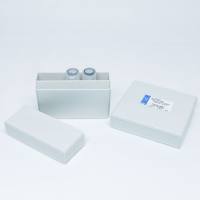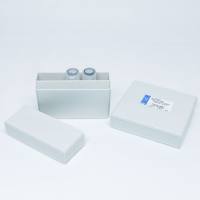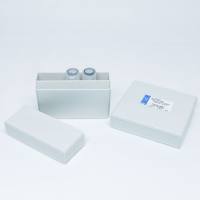Telomere Neurobiology
互联网
互联网
相关产品推荐

Recombinant-Saccharomyces-cerevisiae-Putative-maintenance-of-telomere-capping-protein-7MTC7Putative maintenance of telomere capping protein 7
¥10010

Recombinant-Saccharomyces-cerevisiae-Protein-RTC2RTC2Protein RTC2 Alternative name(s): Restriction of telomere capping protein 2
¥11410

ATM抗体ATM一抗抗体Telomere fusion protein antibody抗体ATM Antibody抗体
¥880

ATM抗体ATM一抗抗体Telomere fusion protein antibody抗体Phospho-ATM (Ser1981) Antibody抗体
¥880

DOT5抗体DOT5一抗抗体Peroxiredoxin DOT5 (Prx) (EC 1.11.1.15) (Disrupter of telomere silencing protein 5) (Nuclear thiol peroxidase) (nTPx) (Thioredoxin peroxidase) DOT5 YIL010W抗体DOT5 Antibody抗体
¥440

